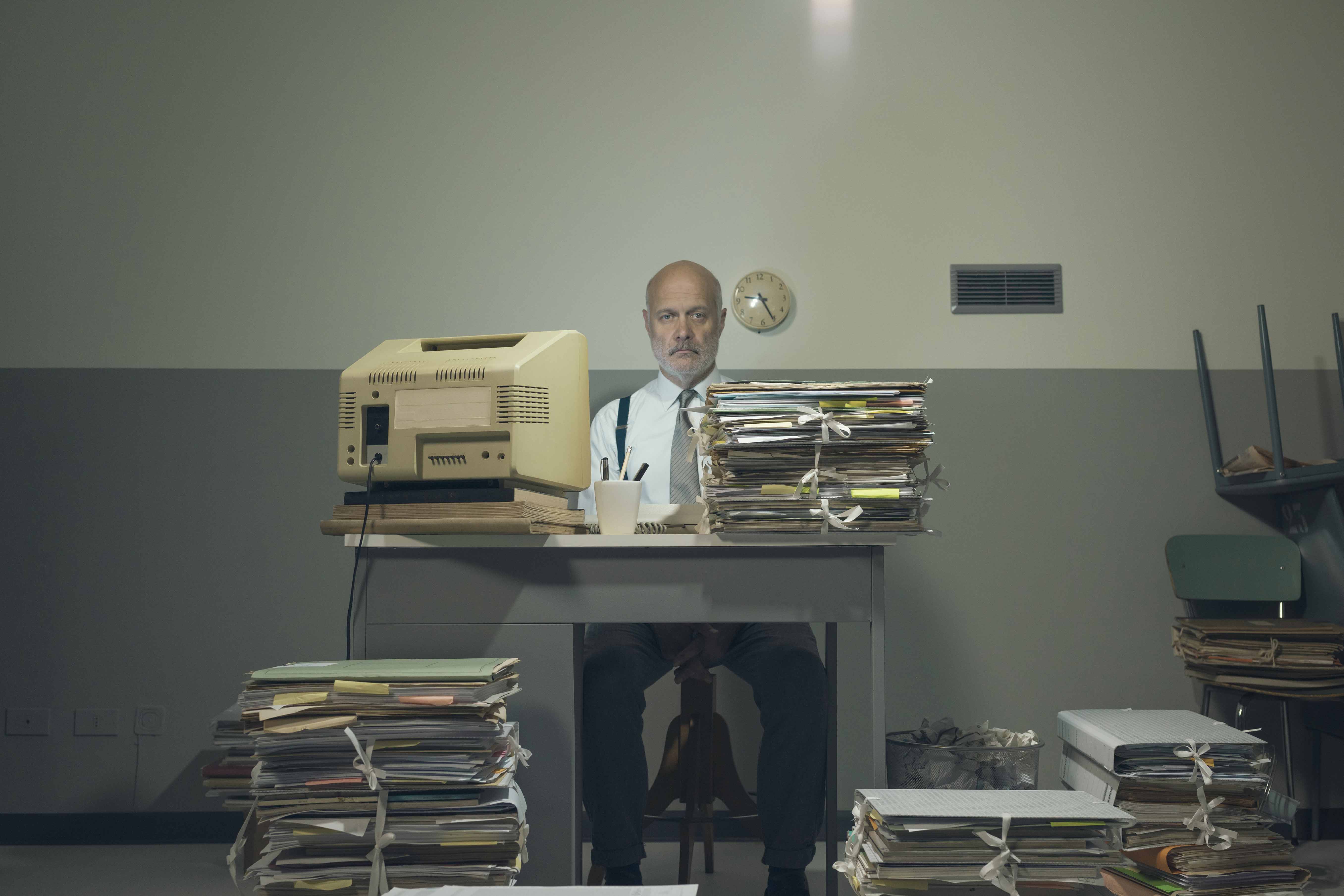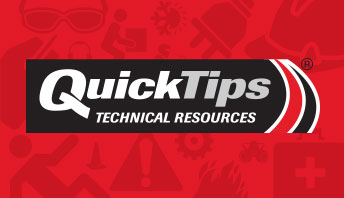

Prevent Return-to-Work Burnout with 2 Key Strategies
By Grainger Editorial Staff 2/24/22


The COVID-19 pandemic changed what work is like for almost everyone. Some workers continued doing their jobs on site while confronting intense new challenges and fears. Others faced furloughs, layoffs and job instability, while still others who were able to work from home found that work-life balance became a major problem.
Now, two years after the sudden shutdowns of March 2020, some companies are beginning to roll out return-to-office plans with a mix of hybrid, office-first and remote-first approaches. This is likely to be a significant source of new stress. According to the American Psychological Association (APA), an early 2021 report found that nearly half of all adults said they felt uneasy about returning to in-person interactions, and a similar number said they didn‘t feel comfortable going back to living life in the way that they used to.
This uncertainty, following prolonged pandemic-induced changes, is a recipe for the kind of chronic stress that can lead to burnout.
The World Health Organization classifies burnout as an occupational phenomenon, characterized by feelings of exhaustion, cynicism and inefficacy. Burnout can be caused by chronic stress. The APA report noted that the prolonged level of high stress that many people experienced during the pandemic has been associated with serious changes in mental and physical health. It should be no surprise that burnout is running high.
Here are two important things that organizations can do to help lower anxiety and fight burnout among returning employees during this transitional time.
Remember the Importance of Communication
One common source of anxiety is fear of the unknown. In places where in-person work is resuming, workers want to know and understand what their employers are doing to safeguard their heath. The CDC recommends communicating health and safety policies clearly, frequently and via multiple methods, which can help reduce employee uncertainty. Allowing employees to raise questions and voice concerns can also help fight the feelings of inefficacy and cynicism associated with burnout. Consider setting up a web form or phone line so that employees can bring forward questions and concerns anonymously. Listen to what they say.
Another listening strategy is to hold debriefing sessions, creating a venue to hear employees' accounts of their on-the-job experiences during the pandemic. Talking about what worked and what didn't work can bring ideas for new practices to the surface, and it can reveal lessons about what to do (and what to avoid) in the future. It's a way for organizations to learn from the past. It also gives people a sense that their voices are valued and that their experience is meaningful, which can help reduce feelings of burnout.
Think About the Work, Not Just the Worker
When individuals are struggling with burnout, employee assistance programs (EAPs) can help, but an individualistic approach has its limits. Don't think you can just fix the worker—often, you'll need to fix the work. According to the Stanford Social Innovation Review, research has shown that burnout is a systemic problem with collective causes, rather than something that individuals can remedy themselves. Organizational changes, such as task restructuring and changes in supervision and evaluation, can have long-lasting impact.
But how can you tell what to change? Start by thinking of job stress as being like other workplace health hazards. OSHA defines a hazard as something with the potential for harm, which in practice often means a condition or activity that can result in injury or illness if it's not controlled. The hazards that can lead to burnout and other poor mental health outcomes are often described as psychosocial hazards. According to a publication of the World Health Organization, they can include conditions such as too-high or too-low job demands, lack of control and lack of balance between effort and rewards.
These psychosocial hazards can be evaluated through the lens of hazard assessment. According to OSHA, good job hazard analysis involves discovering these things:
- What can go wrong?
- What are the consequences?
- How could it arise?
- What are other contributing factors?
- How likely is it that the hazard will occur?
Thinking about these questions as they relate to job stress can help you identify, evaluate and eventually reduce or eliminate stress-causing hazards.
As employees in many industries are returning to the workplace, now is the time to take a proactive approach to supporting their mental health and wellness through this transition. New resources, including the ISO 45003 standard on psychosocial risk, are available. Be on guard against burnout and ready to evaluate and address the sources of stress and fatigue.
The information contained in this article is intended for general information purposes only and is based on information available as of the initial date of publication. No representation is made that the information or references are complete or remain current. This article is not a substitute for review of current applicable government regulations, industry standards, or other standards specific to your business and/or activities and should not be construed as legal advice or opinion. Readers with specific questions should refer to the applicable standards or consult with an attorney.







